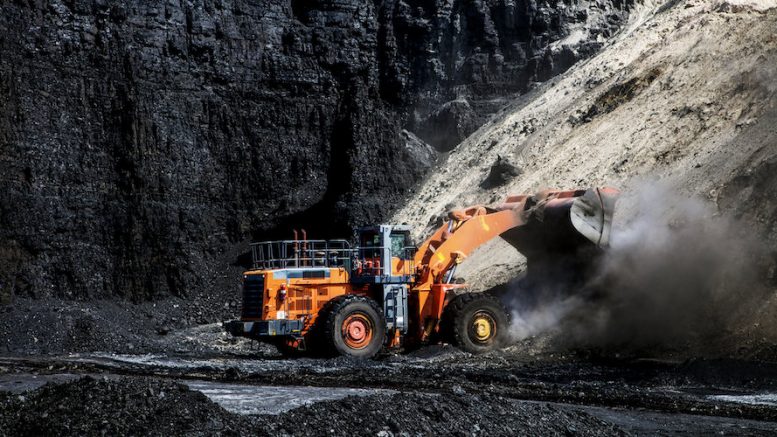Mining, together with construction, retail trade and services, is among the sectors most affected by cold and wet weather consequence of climate change in the United States.
A recent study led by University of Cambridge researchers looked at the environmental impact over five decades on 10 different economic sectors in the 48 contiguous U.S. states – excluding Alaska and Hawaii – from 1963 to 2016 and concluded that cold and wet weather compared to historical norms have greater negative macroeconomic effects than hot and dry weather in these specific sectors.
“Most discussions of climate change focus on the expected increase in average global temperatures over the next century,” the paper states. “However, the frequency and severity of weather events (such as heat or cold waves, droughts and floods, as well as natural disasters) depend heavily on the variability of temperatures and precipitation as well as their mean. The larger the swings, the more often extremely hot or cold and wet or dry conditions can wreak havoc.”
The study points out that climate change has a long-lasting adverse impact on real output in various states and sectors, affecting labour productivity and employment in the country.
For mining specifically, heavy rain can reduce access to mountainous mining regions, where large deposits are generally found, thereby reducing output growth in the sector.
The report is based on a novel econometric strategy that links deviations of temperature and precipitation from their long-term historical norms to state-specific economic performance indicators over the period 1963 to 2016—including Gross State Product, GSP per capita, labour productivity and employment, as well as output by sector.
It found that over the 53-year study period, on average, the 48 contiguous U.S. states had a rise in temperature of 0.0260 degrees Celsius per year, which was higher than the world average increase of 0.018 degrees Celsius per annum over the same period. Within those 48 states, Oklahoma had the lowest temperature rise, at 0.171 degrees Celsius per year, while Delaware had the highest temperature rise of 0.0355 degrees Celsius per year.
“Overall, the industry-level results show that deviations of temperature below its historical norms in the U.S. as well as deviations of precipitation from its historical norm are detrimental to long-term state-level and industry-level output growth,” the study concludes.


Be the first to comment on "Mining among sectors most affected by climate change in the US"